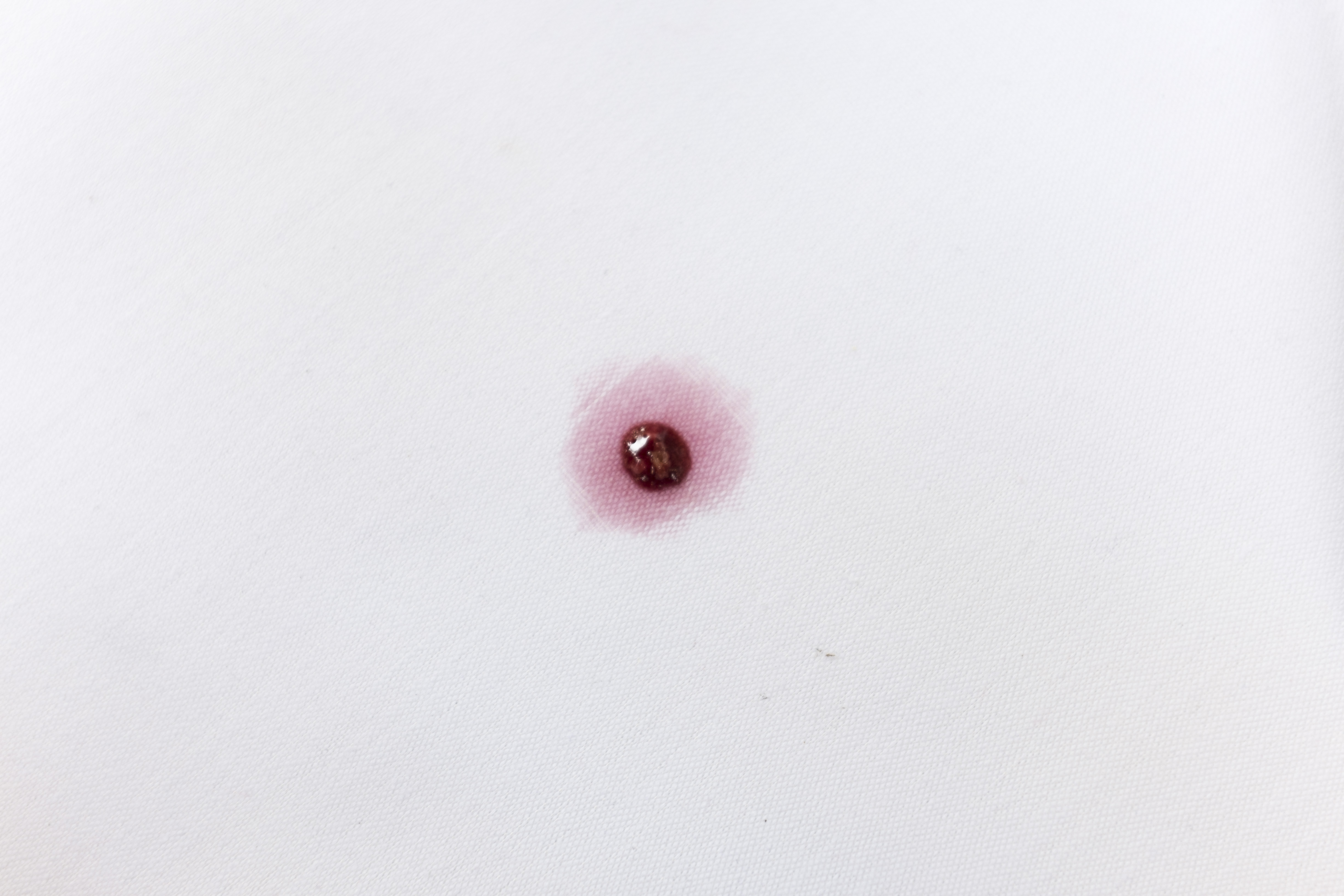
Blood Ties
I knew in an instant that something was wrong. Ordinarily, when I enter the living room after a long day of work I am greeted by Jordan with a buoyant “oh, hey, Dad!” It is followed by a stream-of-consciousness recounting of her day’s events so dizzying that Jeanette intercedes, scolding Jordan to “wait and let Dad put his things down.” It is this way most evenings. But not tonight.
Jordan reclines on our couch, resting her head in the corner where the arm meets its back. She wears purple print pajamas with green trim. Her hair curls and swirls around her head in a mussed pattern that hints it may have been brushed earlier in the day, but the day is over. I start the conversation.
“Hey, Jordan.”
“Hey”
“How was physical therapy?”
And then the revelation. She does not answer me. Instead, she lifts her left leg and flexes her foot. That’s when I see it—the blood blister swelling near the ball. It is the size of an over-ripe strawberry but dull plum in color.
Jeanette interjects.
“They weren’t able to do her normal PT today. In fact, her therapist wants us to keep her off her feet and schedule an appointment with the orthopedist as soon as we can.”
I stare deeply into Jordan’s eyes. She looks down and away and then back at me and then off to a spot somewhere else in the room. I recognize this avian behavior as the defense mechanism she summons when emotion rushes over; when she is confused, when she wants to find distance instead of listen to reason.
I look again at the damned knob trespassing on her sole. It is ugly and unwelcome and an unwarranted punishment for a year of hard work. After all, it was about this time in 2016 that Jordan chose surgery as a way to thwart these leeches on her mobility. The blood blisters robbed her of her freedom. They made it so painful for her to walk that she took to her hands and knees to move about the house, climb stairs and function. She would not be stopped, but she was disabled. She hated relying on a wheelchair to move about her life and she was determined to use her feet again.
2016 was a challenging year. After surgery, she persevered through 6 weeks of near immobility as her feet recovered in heavy casts. Then, she moved her stiff paws in mobile casts and learned to walk again. Jordan worked so hard and we rejoiced in the progress she made. The sticks that were once her legs became fleshy and muscular while the wheelchair grew dusty. She walked a mile at our annual ALSF fundraiser, then rode SoulCycle with a pack of supporters. Her legs moved confidently. It seemed there was nothing she couldn’t overcome and that energized us all.
But around the holidays something changed. She found it hard to keep her balance. Sometimes she fell. At first, we didn’t think anything of it, but then it became more frequent. Her physical therapist noticed it, too, during their sessions. When the wobbliness got more persistent, we told her medical team and we expedited an MRI to rule out the possibility of tumor progression. The MRI showed that the tumor was stable. No one had an answer for why Jordan suddenly found it harder to move on her feet the way she did so well during the summer.
Now, we have a blood red sign that shouts something really isn’t right.
There’s much to do: doctors to call, insurance companies to lobby, and rearranging of schedules and life to focus attention on this latest setback.
2017 is, in fact, 13 AD in our family (AD = “After Diagnosis”). After so many years, we know the drill. But so many years have also exacted their toll. It is hard not to grieve. What Jordan did last year required tremendous courage and hope. Today, we’re anxious and discouraged and switching to reserve tanks that are leaking and nearly empty.
